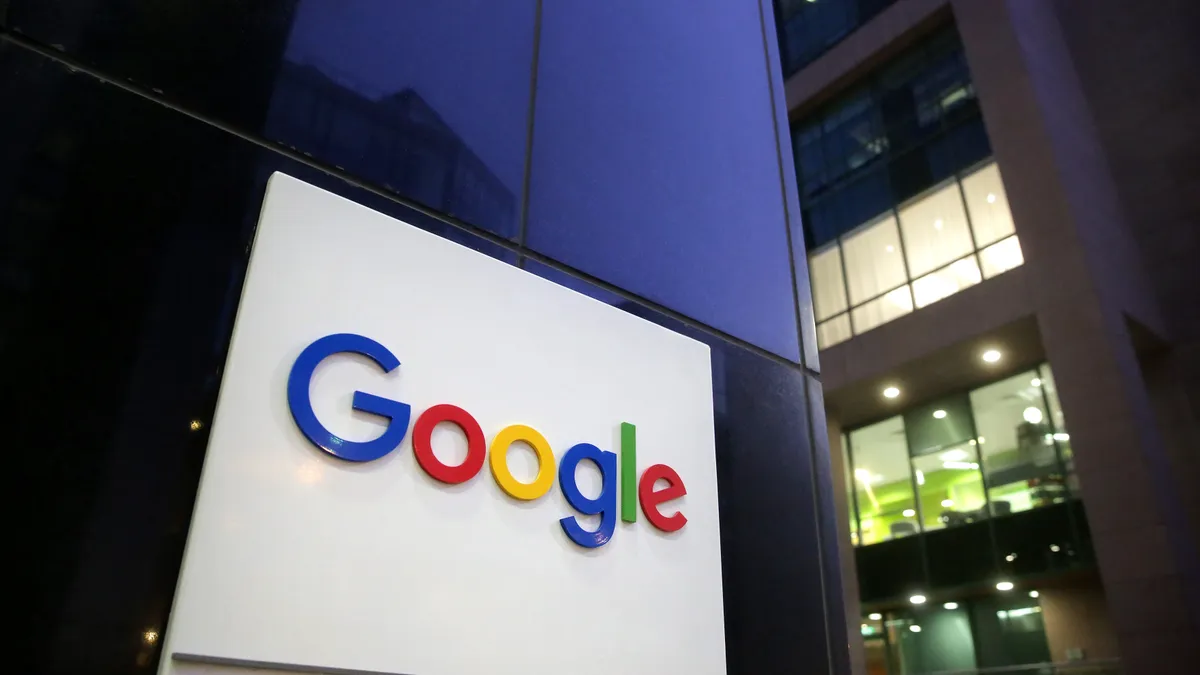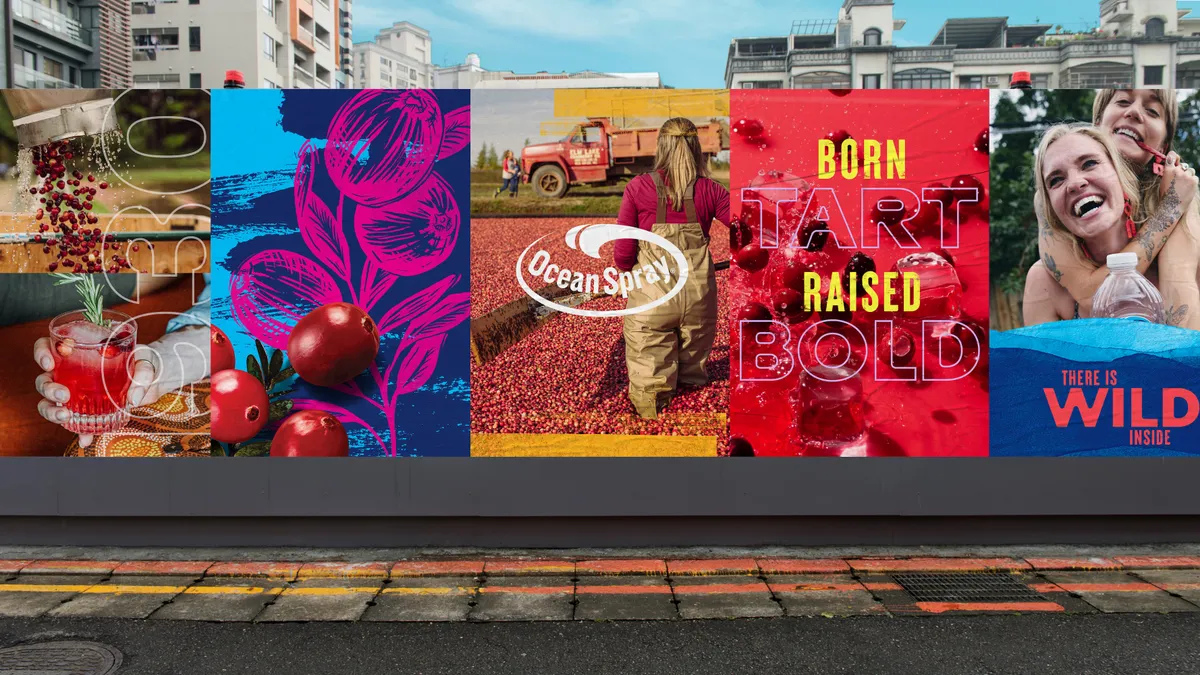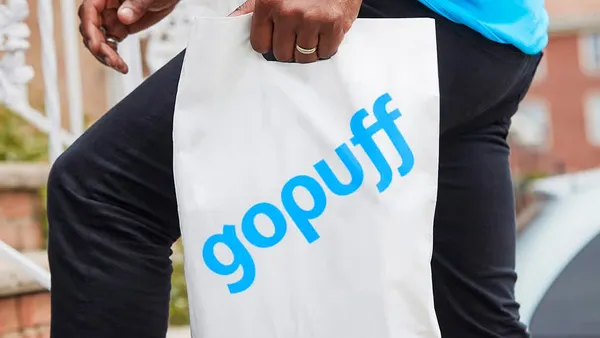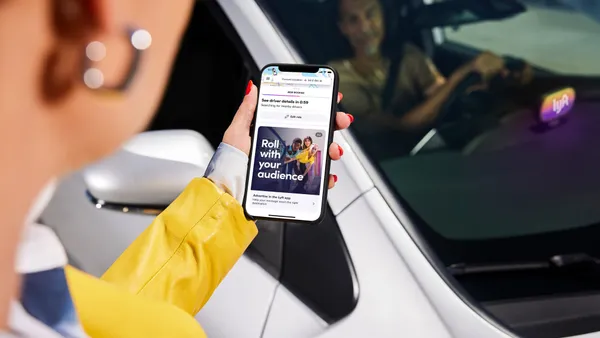Brief:
-
Google is paying some publishers to help develop content for its new “Stamp” project, a multimedia slide format that’s optimized for mobile phones, Recode reported. The format is supposed to show content at the top of Google’s search results and also would work on publisher websites.
-
Google had planned to debut Stamp this month to a small group of mobile users, but may have delayed the release, Recode reported. Participating publishers are said to include Conde Nast, Hearst, Time Inc., Mashable, Mic.com, CNN, The Washington Post and Vox Media, which publishes Recode.
-
Payments to publishers are intended to help publishers defray some of the costs they incur to create content and develop systems to accommodate the Stamp format, which resembles Snapchat’s Discover and Instagram’s Stories features for professional media producers. Google declined to comment on Stamp.
Insight:
Google’s Stamp format is said to give publishers greater flexibility in using multimedia elements like video, images and text that mobile users can swipe or tap. Snapchat pioneered presenting content in this way but as its innovation is adopted by competing, often larger, platforms like Instagram and now Google, Snapchat could lose some of its influence with publishers, who have been eager to be on Discover, and consumers. On the other hand, as more people get exposed to engaging with content in this manner, it could make Snapchat, whose user experience can still be confusing for some, more appealing to new users.
Google's Stamp is built on the open-source accelerated mobile pages (AMP) format that Google introduced a couple of years ago to improve the download speeds for smartphone content. The company isn’t planning to sell ads on the format initially, which means publishers will have to seek their own sponsors, according to Recode. But publishers will be able to keep 100% of their ad sales, even if the Stamp format isn’t widely distributed until Google moves past the pilot stage.
Of course, Google isn’t a stranger to the idea of paying media producers to develop content for its properties. Its YouTube video-sharing service in 2011 and 2012 was said to spend hundreds of millions of dollars to incentivize video makers into creating more professional-looking content. Facebook last year also paid video creators like Buzzfeed and the New York Times to develop live and on-demand content.














